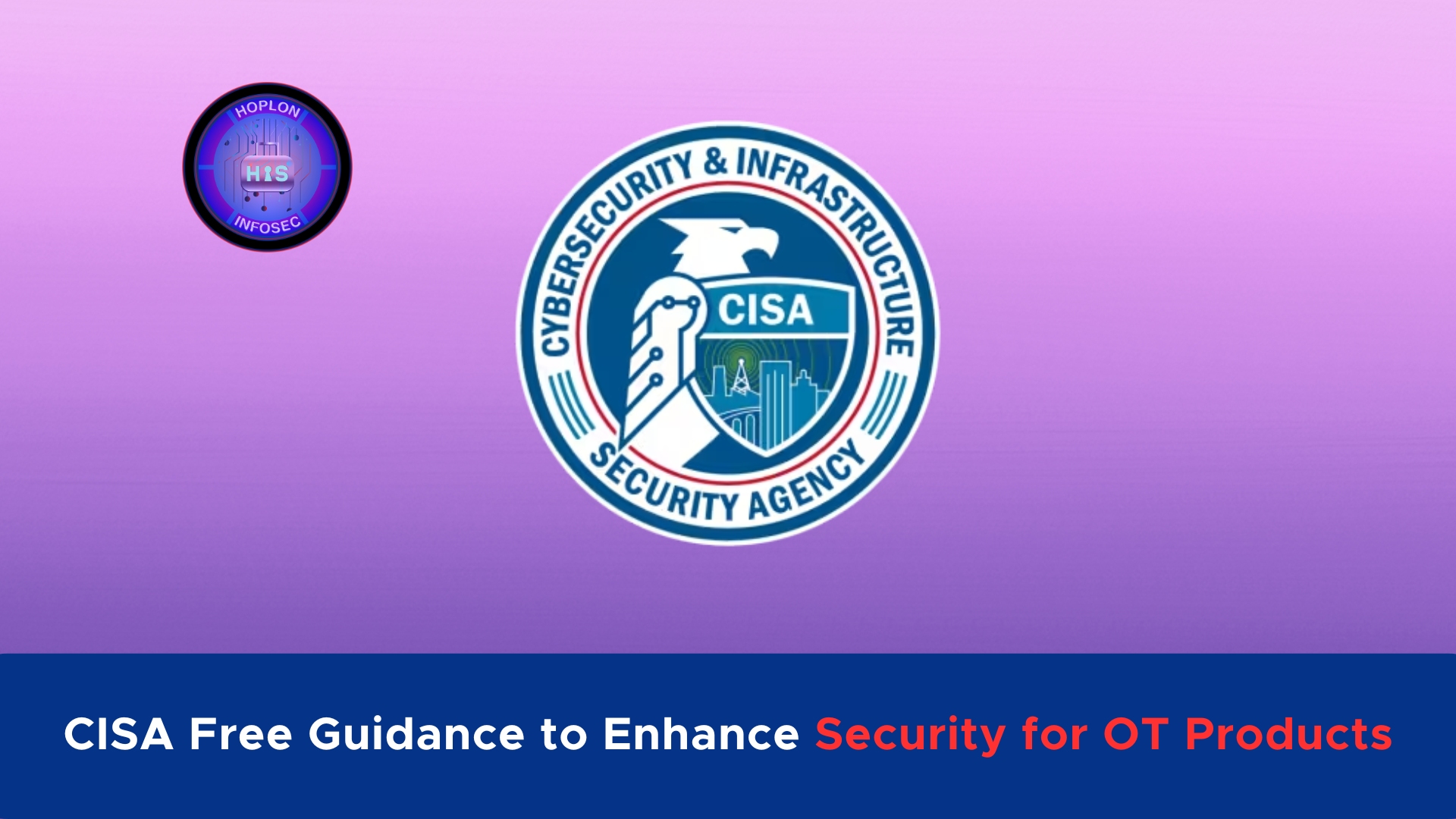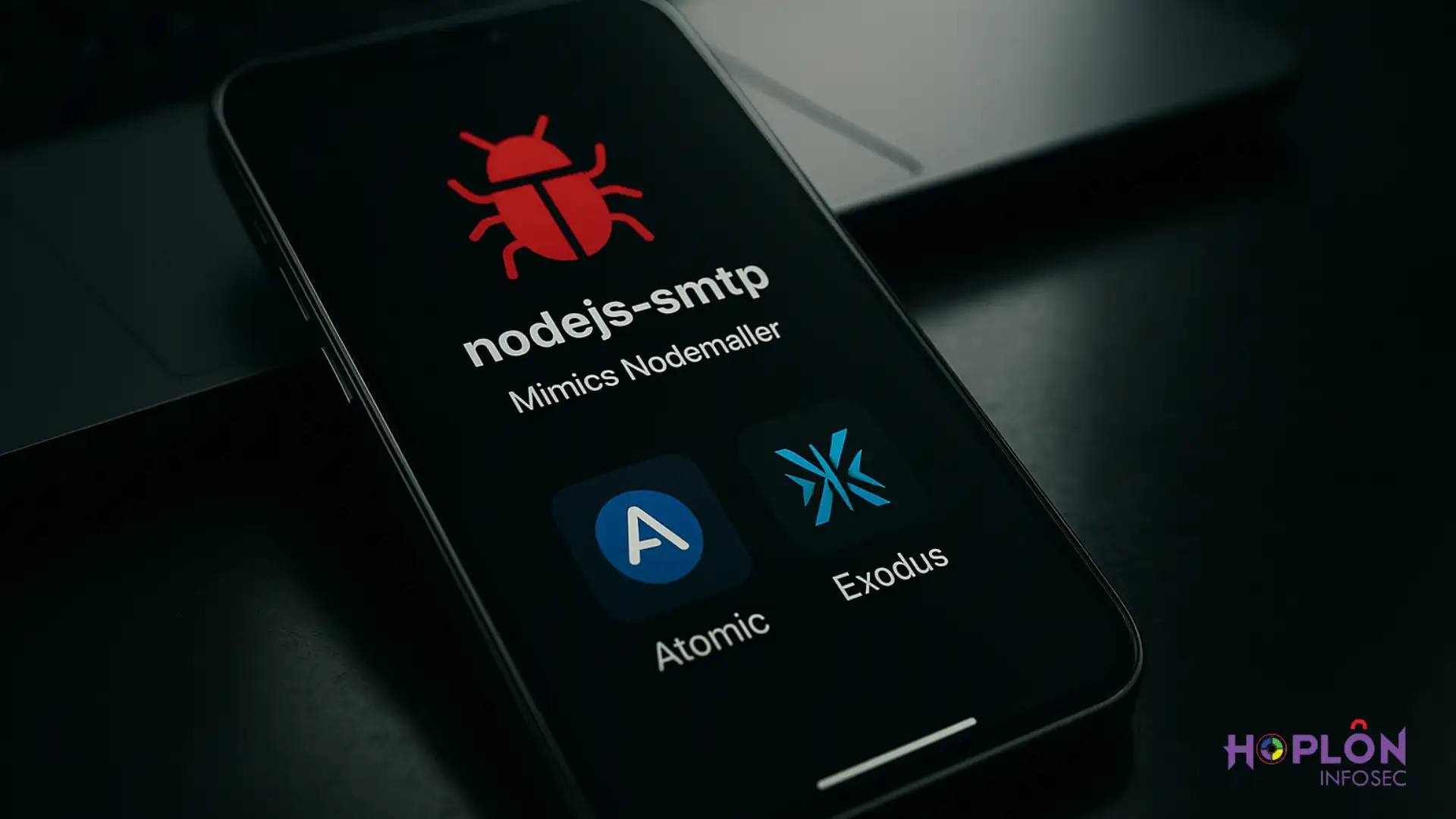The U.S. Cybersecurity and Infrastructure Security Agency (CISA) recently unveiled a comprehensive guidance document to bolster cybersecurity measures for operational technology (OT) products. This guide, “Secure by Demand: Priority Considerations for Operational Technology Owners and Operators when Selecting Digital Products,” is part of CISA’s broader Secure by Design and Secure by Default initiatives. It seeks to equip critical infrastructure operators with the tools and knowledge to select and deploy inherently secure OT products.
The CISA Free Guidance of Cybersecurity in OT Systems
Operational technology is crucial in critical infrastructure sectors such as energy, water, transportation, and healthcare. These systems ensure the smooth functioning of essential services that millions rely on daily. However, the increasing frequency and sophistication of cyberattacks targeting OT products highlight the urgent need for enhanced cybersecurity measures.
Unlike traditional IT systems, OT devices are designed for continuous operation and often have extended lifecycles. This makes implementing post-deployment security fixes challenging and, in some cases, impractical. The consequences of these vulnerabilities can be severe, ranging from operational downtime to significant societal disruptions.
CISA’s guidance addresses these challenges by providing a set of priority considerations for OT buyers, such as manufacturers, operators, and asset owners. The emphasis is on shifting the responsibility for cybersecurity back to OT product manufacturers, reducing the burden on critical infrastructure operators.
Addressing Key Cybersecurity Challenges in Industrial Control Systems

Industrial control systems (ICS) form the backbone of many OT environments. These systems are increasingly targeted by threat actors seeking to exploit vulnerabilities for financial gain, espionage, or sabotage. CISA’s Secure by Demand framework identifies critical measures that OT buyers should prioritize to enhance the resilience of their systems:
- Recognizing the Threat Landscape: Cyber threats against OT systems are becoming more advanced and targeted. Understanding these risks is vital for effective mitigation.
- Proactive Security Measures: Implementing security measures at the design stage can significantly reduce vulnerabilities and operational costs.
- Collaborative Efforts: The guide emphasizes the importance of collaboration between OT manufacturers, operators, and regulatory bodies to achieve comprehensive cybersecurity solutions.
12 Key Security Features for Selecting OT Products
To help OT buyers make informed decisions, CISA’s guide outlines 12 critical security features that should be evaluated during product selection. These features address common vulnerabilities and establish a robust cybersecurity foundation:
- Configuration Management: Ensures secure control of configuration settings and engineering logic to prevent unauthorized changes.
- Logging in the Baseline Product: Includes default logging capabilities to detect and respond to cyber incidents effectively.
- Open Standards: Encourages interoperable standards to avoid vendor lock-in and enhance system flexibility.
- Ownership: Ensures buyers have complete control over their systems, minimizing unnecessary reliance on manufacturers.
- Protection of Data: Safeguards the integrity and confidentiality of OT data, particularly against unauthorized access.
- Secure by Default: Advocates for products resistant to known threats out of the box.
- Secure Communications: Supports cryptographically secure communication protocols to validate system integrity.
- Secure Controls: Incorporates design features capable of resisting malicious commands or safety attacks.
- Strong Authentication: Implements role-based access control and phishing-resistant multifactor authentication (MFA).
- Threat Modeling: A detailed and transparent threat model is provided to anticipate and mitigate risks during the product lifecycle.
- Vulnerability Management: Establishes robust processes for identifying, remediating, and disclosing vulnerabilities.
- Upgrade and Patch Tooling: Ensures reliable patch management processes to address vulnerabilities without disrupting operations.
Building Resilient OT Systems

CISA’s guidance emphasizes the critical role of proactive security measures in mitigating threats targeting OT environments. By adopting Secure by Design principles, OT manufacturers can address common weaknesses, such as:
- Default passwords.
- Unencrypted communications.
- Inadequate logging capabilities.
These measures align with international best practices, including the ISA/IEC 62443 standards and the EU’s Cyber Resilience Act. CISA’s recommendations also encourage OT buyers to engage with manufacturers through critical inquiries about product security. Key questions include:
- Are updates provided for known vulnerabilities?
- Do the products support secure communication protocols?
- Are they compatible with open standards?
- Can maintenance be performed autonomously?
Infrastructure owners and operators can enhance their system resilience and make informed purchasing decisions by addressing these aspects.
Collaborative Efforts and Global Standards
CISA developed its guidance in collaboration with leading cybersecurity and government organizations, such as the NSA, FBI, and international partners, including the Australian Cyber Security Centre (ACSC), Canada’s CS, and the UK’s National Cyber Security Centre (NCSC). The document aligns with widely recognized frameworks like NIST’s guidelines for OT security, ensuring its applicability across diverse operational environments.
The Broader Implications of CISA’s Initiatives
Critical infrastructure forms the backbone of modern society, and its security is non-negotiable. CISA’s Secure by Demand guide empowers OT asset owners to:
- Comply with evolving legal and regulatory requirements.
- Prioritize resilience in purchasing decisions.
- Reduce operational downtime and minimize societal risks.
- Maintain public trust.
These efforts are part of the U.S. government’s broader push for cybersecurity accountability among technology manufacturers. They align with international initiatives, such as the European Union’s Cyber Resilience Act, which mandates the integration of security into the design and development phases of products.
Enhancing Resilience in an Evolving Threat Landscape

As the cyber threat landscape grows increasingly complex, resources like CISA’s Secure by Demand guide are invaluable for critical infrastructure operators. By implementing the recommended measures, organizations can:
- Mitigate risks.
- Optimize security investments.
- Equip themselves to recover swiftly from potential incidents.
The guide underscores the importance of proactive security measures, collaboration, and informed decision-making in enhancing OT system resilience. Organizations can build a robust defense against evolving cyber threats by adopting the principles outlined in the document.
To access the document and explore CISA’s Secure by Design principles in detail, visit the official CISA website.
For more:




